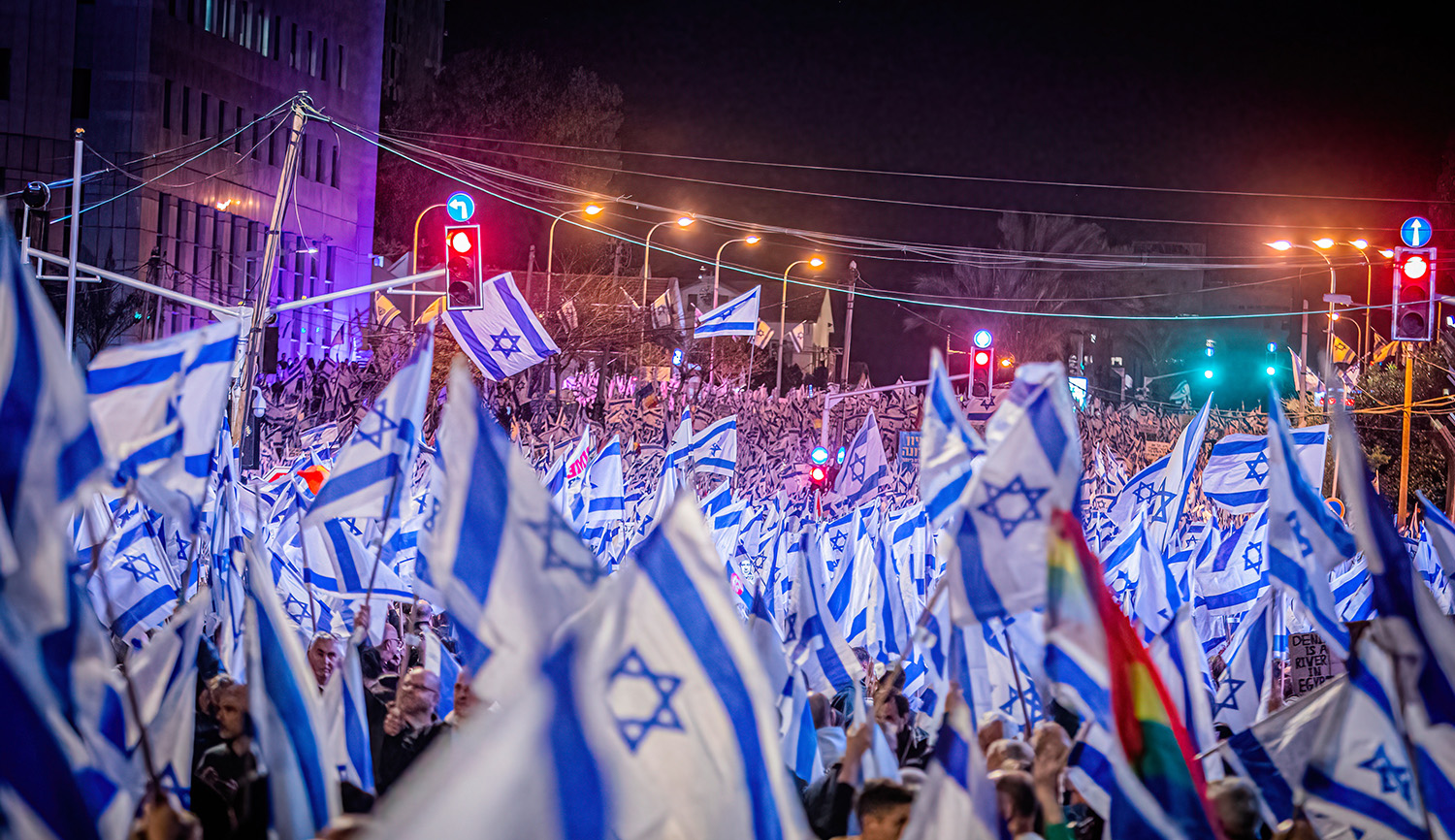At the beginning of the 20th century, Aramaic—once the Near East’s lingua franca and the native tongue of most of the world’s Jews—was widely spoken in Jewish communities in Iraq, Iran, and other areas. Since then various waves of persecution, of which the depredations of Islamic State are only the most recent, have greatly reduced the number of speakers of the language. Jacqueline Taylor describes one of several Jewish dialects of what linguists term Neo-Aramaic:
The community of Jewish Neo-Aramaic speakers from Urmia in the Western Azerbaijan region of Iran called themselves Nash Didan, which translates to “our people.” This community of roughly 400 families named their language Lishán Didán, which translates to “our language.”
Lishán Didán and other Jewish dialects are drastically different linguistically from the language of the Christian communities occupying the same land. . . . There has been a robust movement to preserve Christian dialects of Aramaic, but there is no similar mission to preserve the Jewish dialects. . . .
The current leadership of Iran has destroyed the ancient Nash Didan cemetery, leaving in its place an unfinished hospital and empty lot. The land of Urmia was inhabited for centuries by the same small Jewish community since the Babylonian captivity. [Already] outdated assessments show fewer than 5,000 speakers of Lishán Didán, and those speakers are very advanced in age.
More about: Aramaic, Judaism, Middle East Christianity, Persian Jewry


